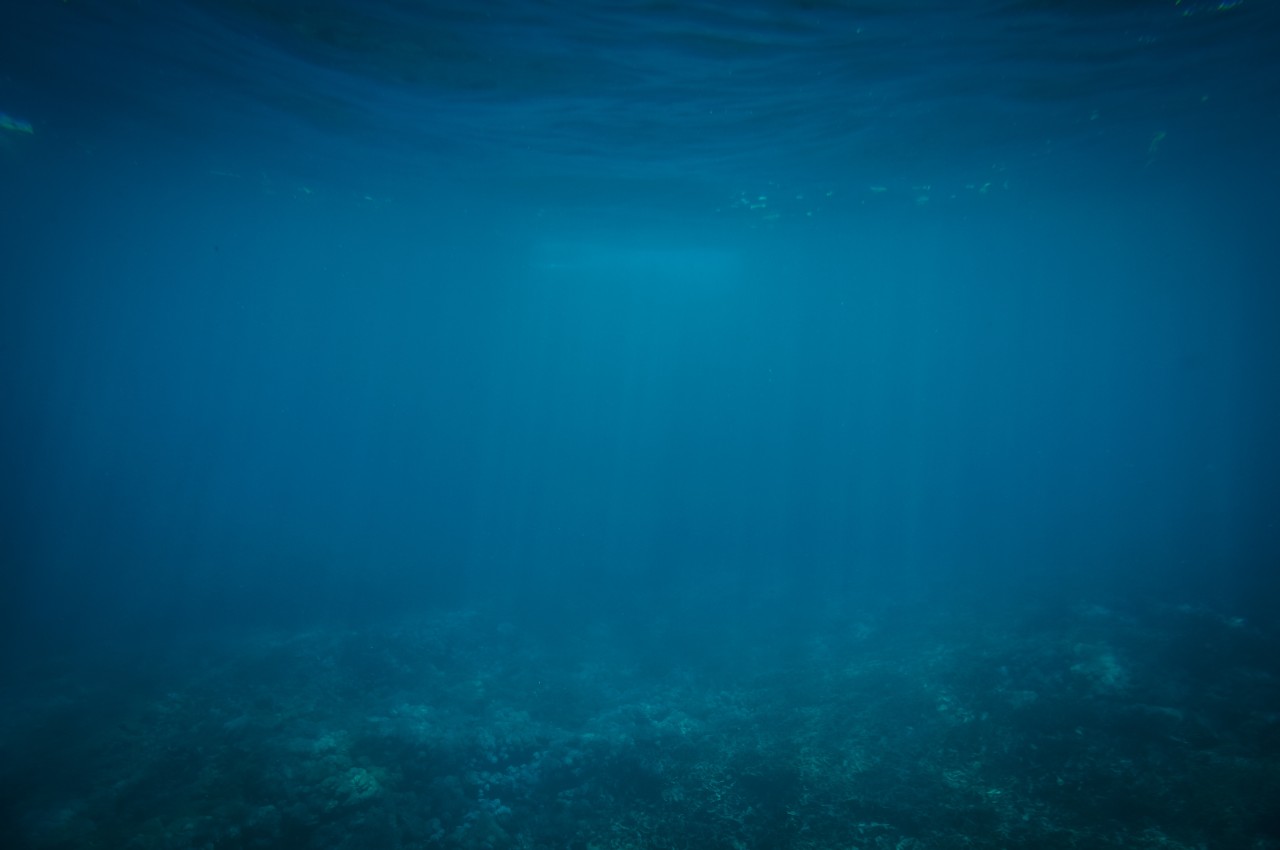
UC explores origin of life at the bottom of the ocean
Hydrothermal vents may be key in the building blocks of life

UC assistant professor of chemical engineering Aashish Priye.
Which came first, the chicken or the egg? This question has puzzled scientists and curious citizens alike for many years.
“The problem of the origin of life remains one of the deepest mysteries surrounding evolutionary molecular biology,” says Aashish Priye, University of Cincinnati assistant professor of chemical engineering.
Priye argues that the real question we should be asking ourselves is, which came first, the DNA or the protein?
DNA and proteins are the “fundamental machinery of life,” says Priye, and each plays an essential role. DNA stores genetic information and instructions to construct proteins. To be passed onto the next generation, however, DNA molecules have to be replicated through proteins. Together, DNA and protein form the simplest sustaining system of life.
So, which came first, the DNA or protein?
The answer may lie in RNA, which is similar to DNA in that it’s a life-based molecule that can store information. Unlike double-stranded DNA, however, some RNA molecules can self-replicate without proteins.
The idea that RNA was the first molecule on Earth isn’t new, but some gaps prevent a complete theory from forming around this.
“How we got from the basic organic building blocks to more complex biomolecules, such as an early form of RNA, is still an open question,” says Priye. “These building blocks were dispersed in dilute concentrations in the ocean, and there had to be a driving force to concentrate them to levels under which they can polymerize into more complex biomolecules.”
That’s where Priye’s research into microscale fluid mechanics comes in.
Priye’s lab studies how fluids behave when they are confined in small enclosures with changing temperatures. Priye compares the resulting flow to the flow in lava lamps, where fluid in a cylindrical enclosure is heated from below. These types of flows are universal in nature, but at the micro-scale, these flows can greatly accelerate molecular transport and reactions.

Convective flow systems exist at the bottom of the ocean, within the pores of hydrothermal vents. These systems could have contributed to the earliest forms of complex biomolecules. Graphic/Provided.
In his doctoral work, Priye studied how microscale convective flows can rapidly replicate DNA through the polymerase chain reaction (PCR) – a traditional biochemical reaction that replicates DNA through heating and cooling.
What Priye discovered is that these similar convective flow systems exist at the bottom of the ocean, within the pores hydrothermal vents. Priye’s research suggests that these vents may have played a big part in the earliest forms of biosynthesis. His findings were published in Proceedings of National Academy of Sciences.
Under the sea
Hydrothermal vents exist on the ocean’s floor. These vents act much like volcanoes, pushing up hot fluid from deep within the Earth’s crust. As the hot lava meets the cold water of the ocean, a convective flow materializes. This flow is what could potentially drive the transformation from nucleotides to RNA.
“We discovered that different type of convective flows – ranging from periodic to chaotic – can result in a completely different molecular transport behavior,” says Priye. Periodic flows resulted in the accumulation of molecules in a discrete location on the pore surface, whereas chaotic flows greatly increase the rate of transport of biomolecules to the surface.
“What was most surprising was that even though certain flows appeared chaotic in nature, there seemed to be order in the resulting molecular transport and replication processes” says Priye.
The buildup of molecules formed by hydrothermal transport processes could have contributed to the earliest forms of complex biomolecules. This process would address a key unanswered question in the origin of life research.
Priye’s research is one step closer to bridging the gap between the building blocks of biomolecules to eventual DNA replication and life as we know it. His work, however, is far from over. He is setting up a lab at UC where he and students will continue to study microscale flows and its application to fundamental sciences.
Once completed, the lab will serve as a hub for learning and exploration, perhaps finding answers to some of humanity’s most perplexing questions.
Featured image at top: Hydrothermal vents at the ocean's floor may have have played a big part in the earliest forms of biosynthesis. Photo/Stefanus Martanto Setyo Husodo/Unsplash.
Interested in working in Priye’s lab? Priye is currently seeking UC undergraduate and graduate student researchers. For more information, contact Aashish Priye at aashish.priye@uc.edu.
Related Stories
Leveling up
May 2, 2025
Meet four College of Allied Health Sciences students who are advancing their education following graduation this May.
UC engineering students recognized for achievement in...
May 1, 2025
Sixteen UC engineering students were honored for outstanding achievement in cooperative education at the close of the 2024-2025 school year.
Everything you need to know about scents and your hair
May 1, 2025
The University of Cincinnati's Kelly Dobos was featured in an NBC News article discussing the science behind hair fragrances and shampoos.
